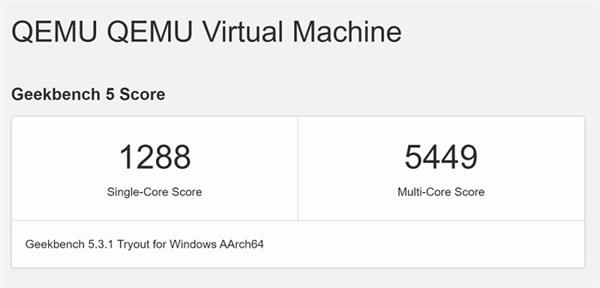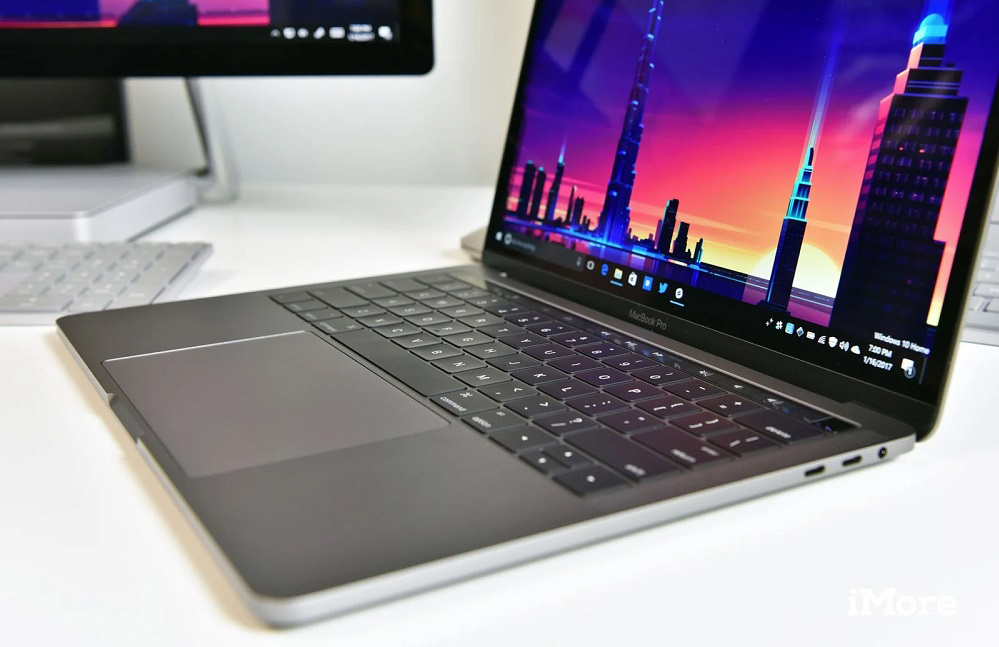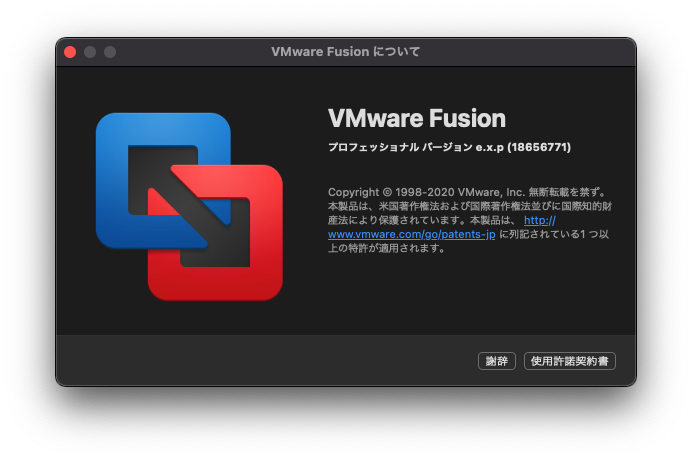

- WINDOWS 11 ON MAC M1 VMWARE INSTALL
- WINDOWS 11 ON MAC M1 VMWARE FULL
- WINDOWS 11 ON MAC M1 VMWARE PRO
- WINDOWS 11 ON MAC M1 VMWARE SOFTWARE
Getting Windows for ARM on your M1 device Step 1) Create a Windows 11 for ARM ISO

WINDOWS 11 ON MAC M1 VMWARE PRO
Fortunately it is possible to run most 32-bit based Windows applications on the ARM-version of Windows, which are available for most applications out there.įor this article, I’ll be using a 2020 M1-based MacBook Air but this should work in the same way for an iMac, Mac Mini, MacBook Pro and even for the recently announced M1 Max and M1 Pro devices.

Another negative is that there are very little applications compiled for running on an ARM-based Windows version. Microsoft decided that this is only available for sale for system builders. The downside for this approach is that there is no official way, currently, to get a license for an ARM-based version of Windows. Leaving only virtualization as a real option. As it’s using QEMU under the hood, it is capable of emulating different processor architectures (like x86-64) but it can do virtualization for the same as the host’s architecture as well.Īfter a quick test, on which I plan to create a more detailed article in the future, using emulation seems to cause a lot of overhead and turns out to be too slow to be usable currently.

UTM offers QEMU-based virtaluzation and emulation with a handy GUI for both IOS and macOS.
WINDOWS 11 ON MAC M1 VMWARE SOFTWARE
Virtualization is fast(er) but requires software written for the hardware platform it is running on.īoth of these methods can be accomplished with UTM ( ). Emulation offers maximum compatibility as it doesn’t require software written for ARM specifically but it’s pretty slow. Both methods have their advantages and disadvantages. The second involves emulation, where we will translate instructions between the running operating system (Windows in this case) and the hardware. The first involves virtualization, as we can’t (yet) run Windows natively on an M1-based machine.
WINDOWS 11 ON MAC M1 VMWARE INSTALL
Apple includes drivers for components within your Mac that should automatically install once Windows has booted for the first time.As mentioned above, there are two options to get Windows running on an Apple M1-based device. To use Windows you’ll need to reboot your computer, hold the Option key, then select Windows from the list of bootable volumes. On older machines (a category that Intel Mac models now fall into), this can result in a moderate performance penalty which isn’t present on a native install.Īs noted, you can only do this using a Mac with an Intel CPU. Running Windows in a VM means that you have to share resources with macOS.
WINDOWS 11 ON MAC M1 VMWARE FULL
Installing Windows natively allows you to run Microsoft’s operating system at full speed. What You Need to Know About Installing Windows Natively on a Mac Apple no longer manufactures Intel-based machines, so you’re limited to buying a used Mac if you’re specifically looking for a computer that can do this. If you have an older Mac with an Intel chip you can install Windows natively on your computer, effectively turning your Mac into a standard Windows PC. If you have an older Mac with an Intel processor you can still install Windows natively. Before 2020, Apple used the same Intel processors which meant their machines were natively compatible with Windows. Mainstream Intel and AMD processors use a different processor architecture, called x86. All Mac models introduced or refreshed since 2020 have used an Apple Silicon processor like an M1 or M2 that is not compatible with the same version of Windows that would be installed on a standard PC. Since Apple switched to using proprietary ARM-based chips with the arrival of the M1 in 2020, it’s no longer possible to run “standard” x86 Windows on modern Apple computers. Install Windows on Your Intel Mac with Boot Camp Other Options for Running a Windows VM on Mac Option 2: Run a Virtual Windows Machine With VMware Run Windows in a Virtual Machine on a Mac


 0 kommentar(er)
0 kommentar(er)
